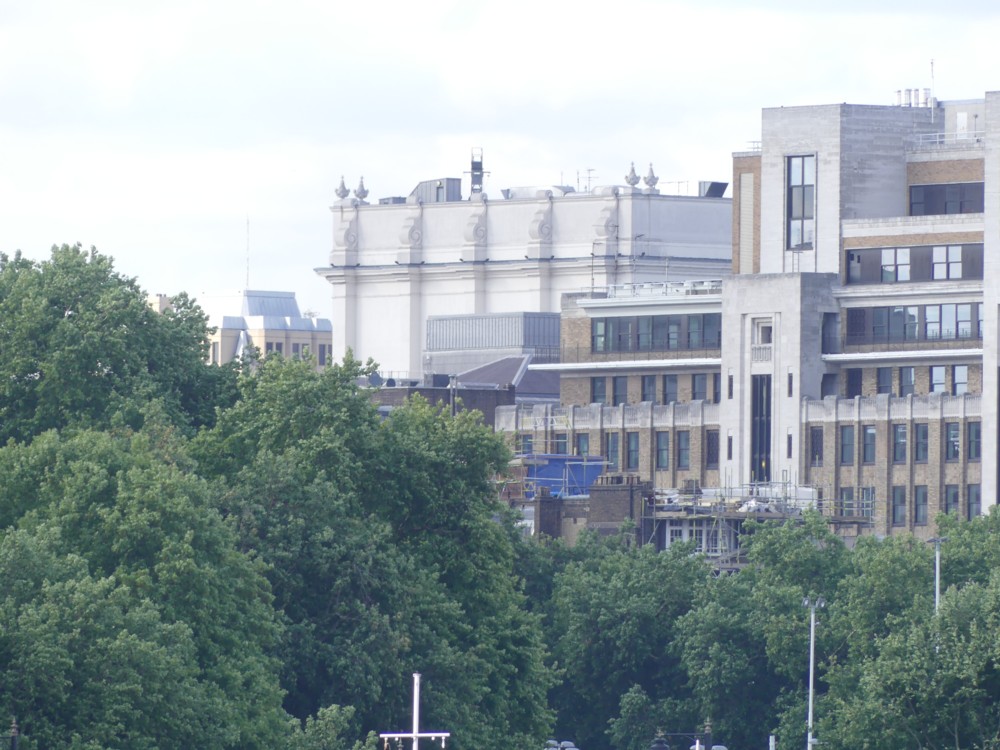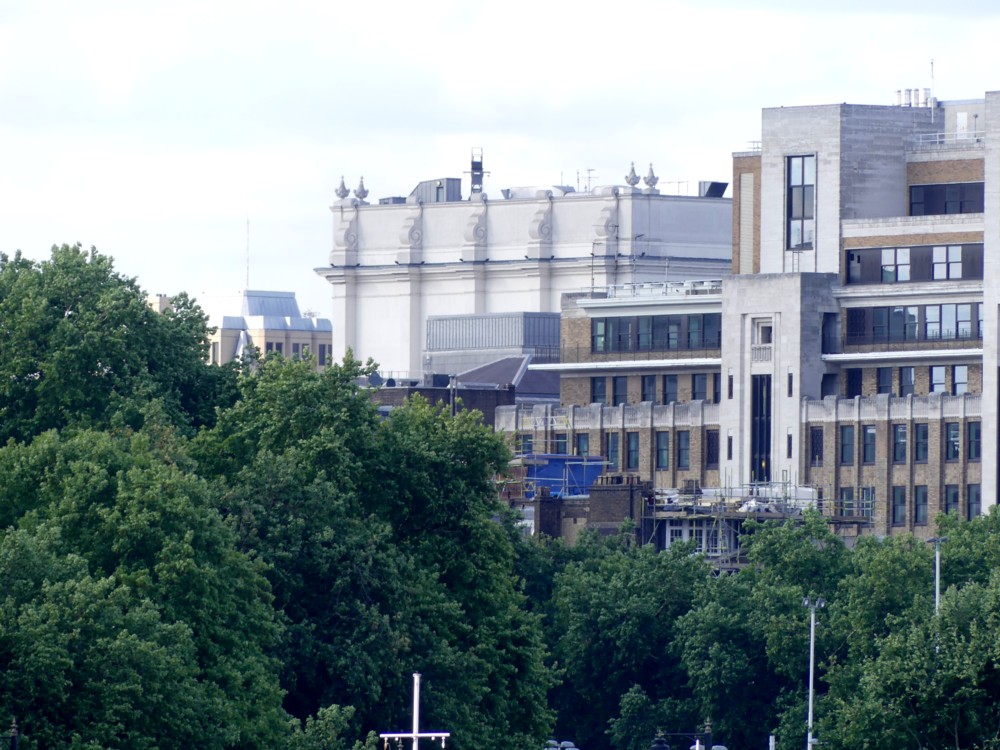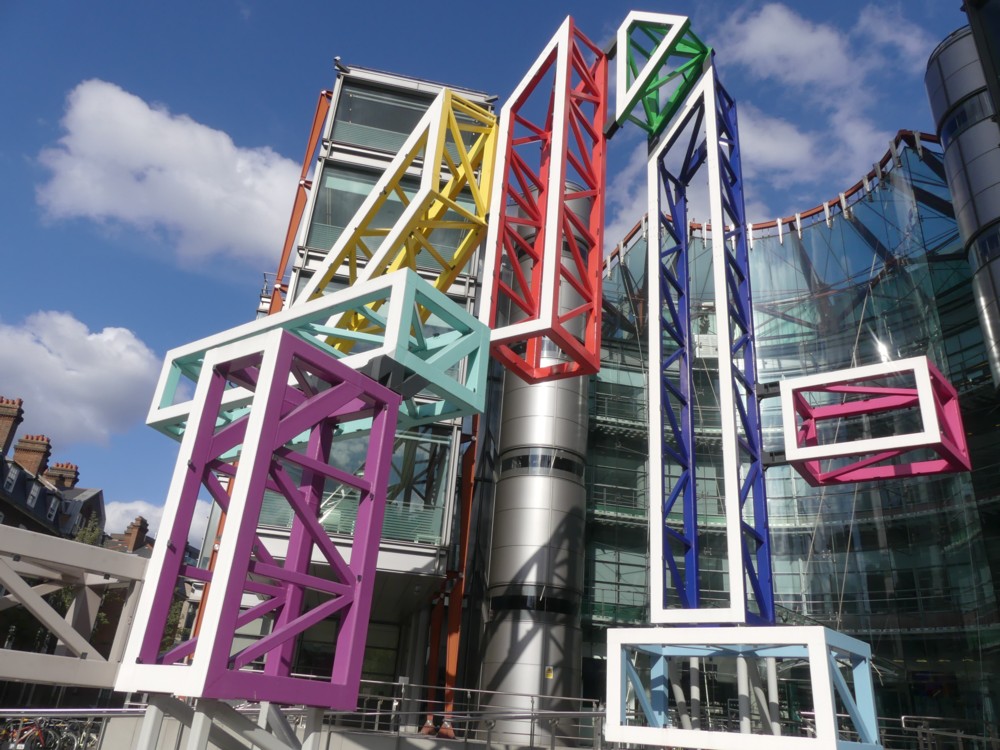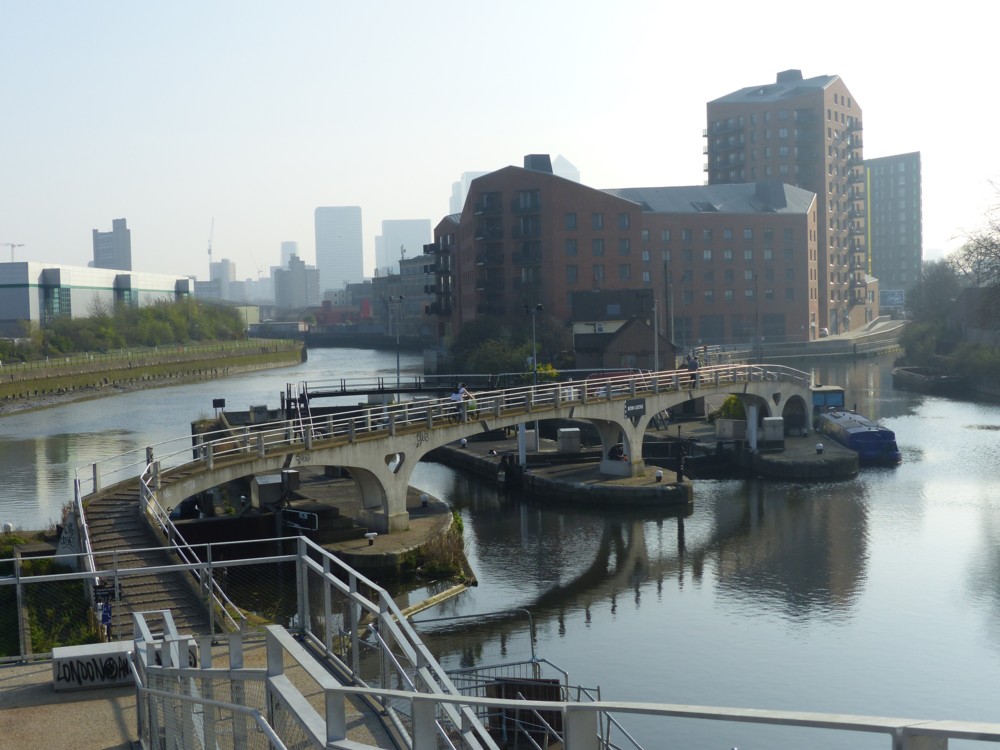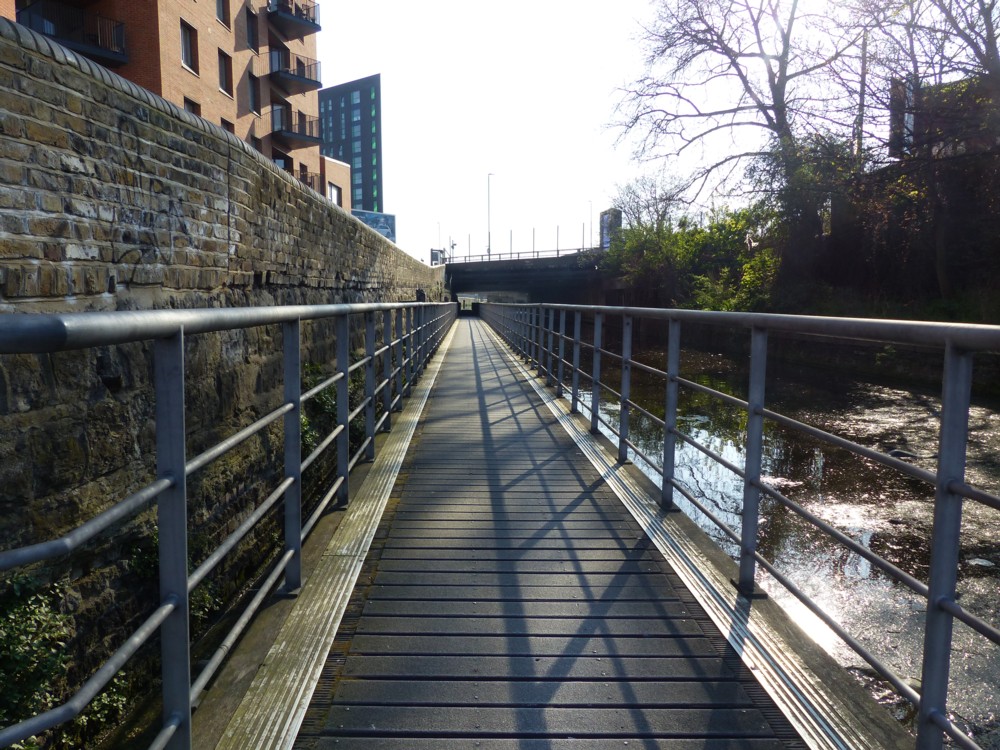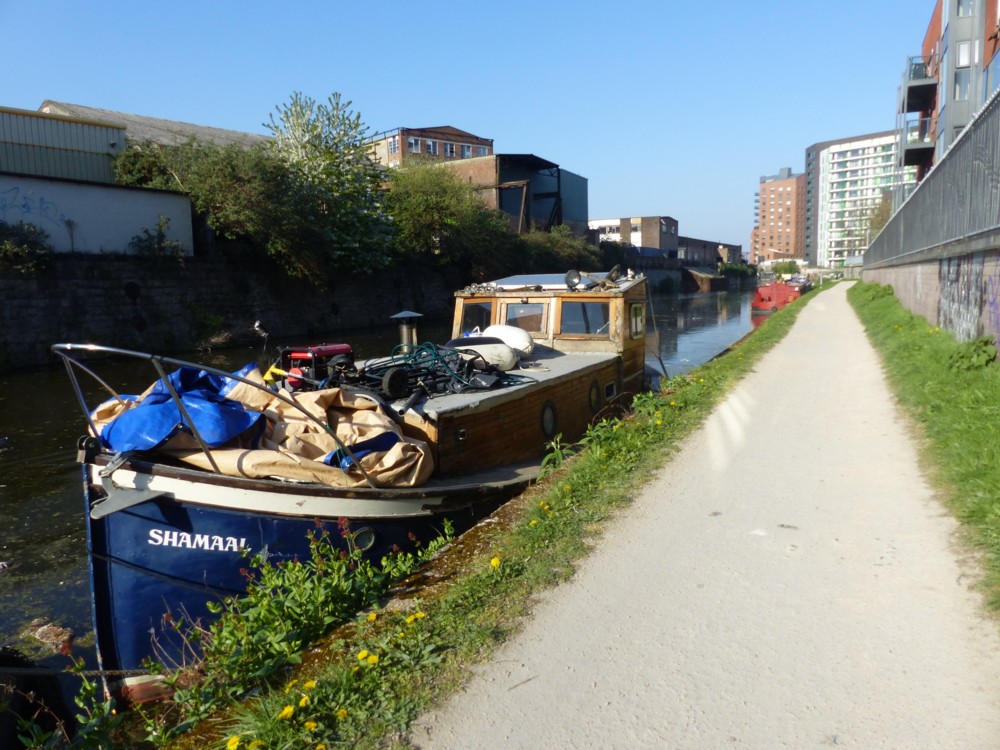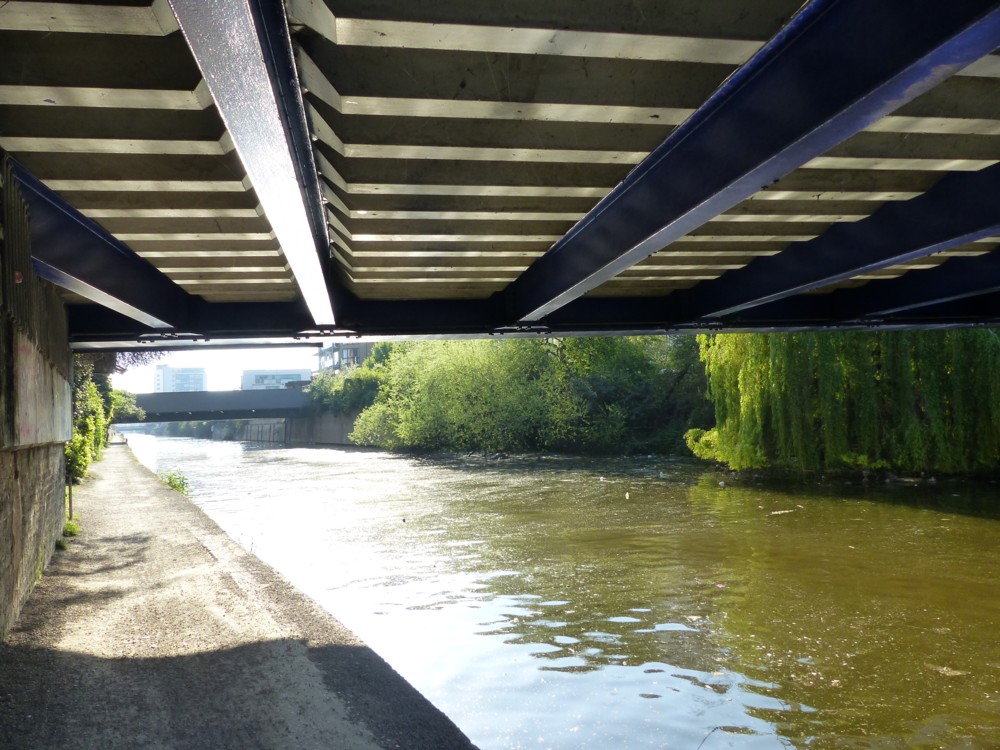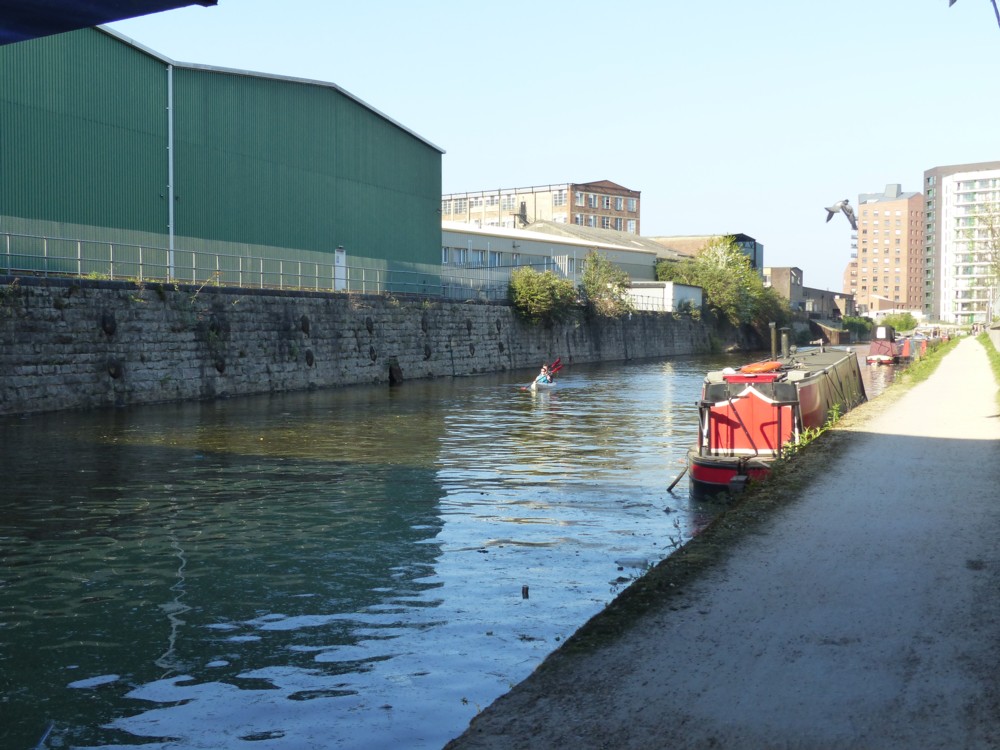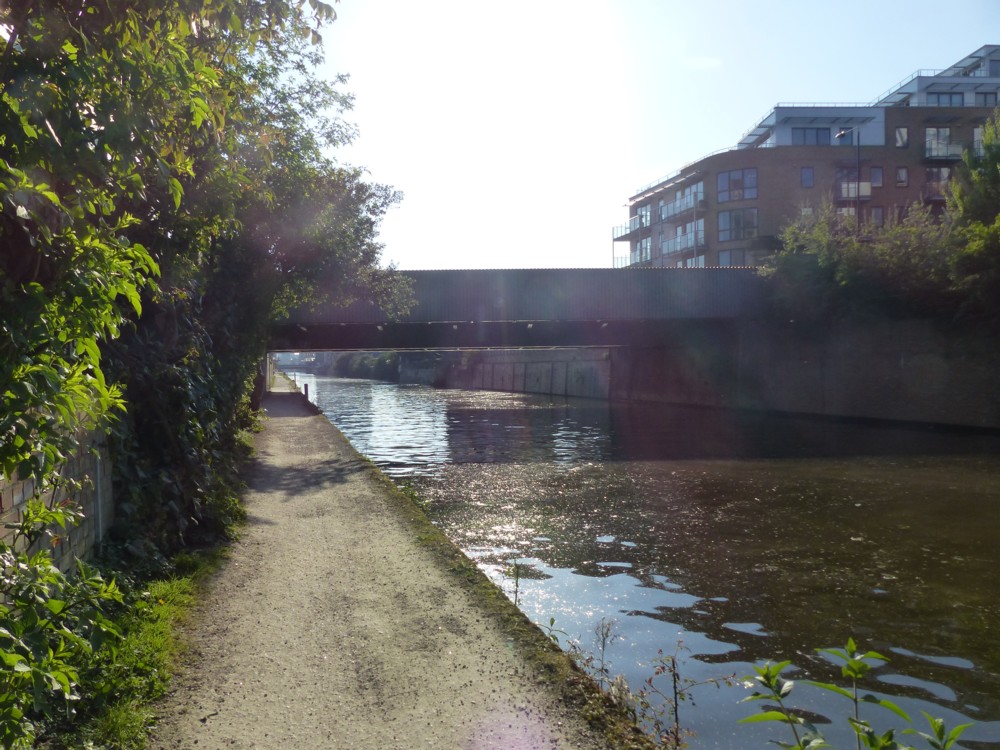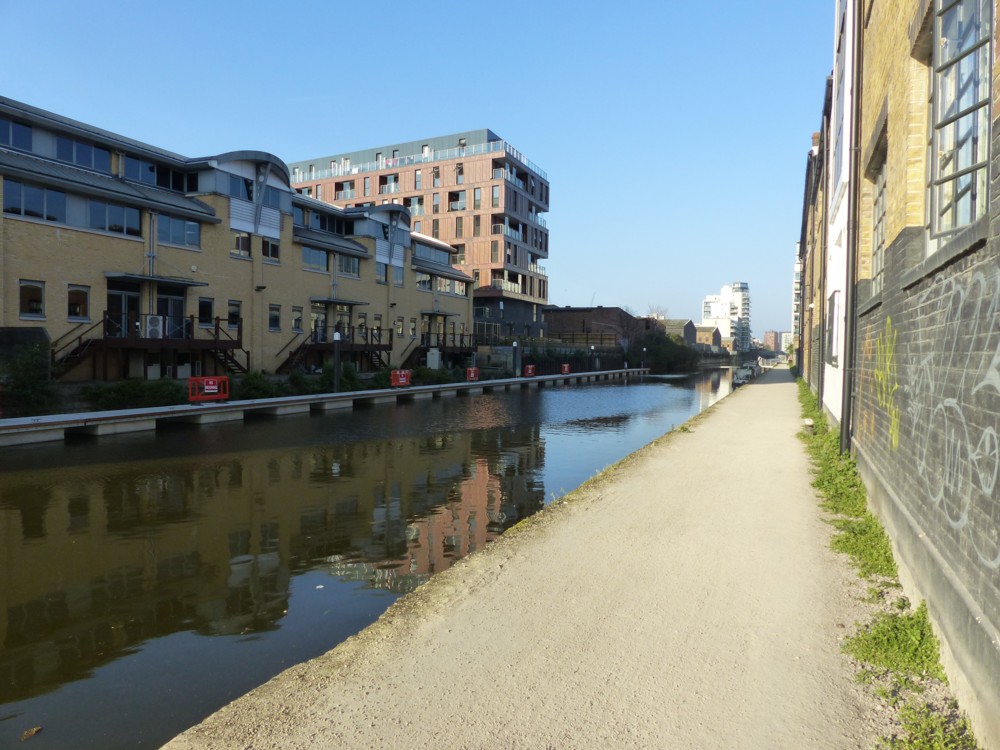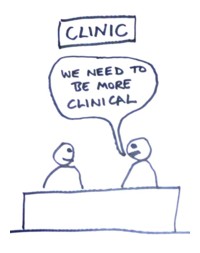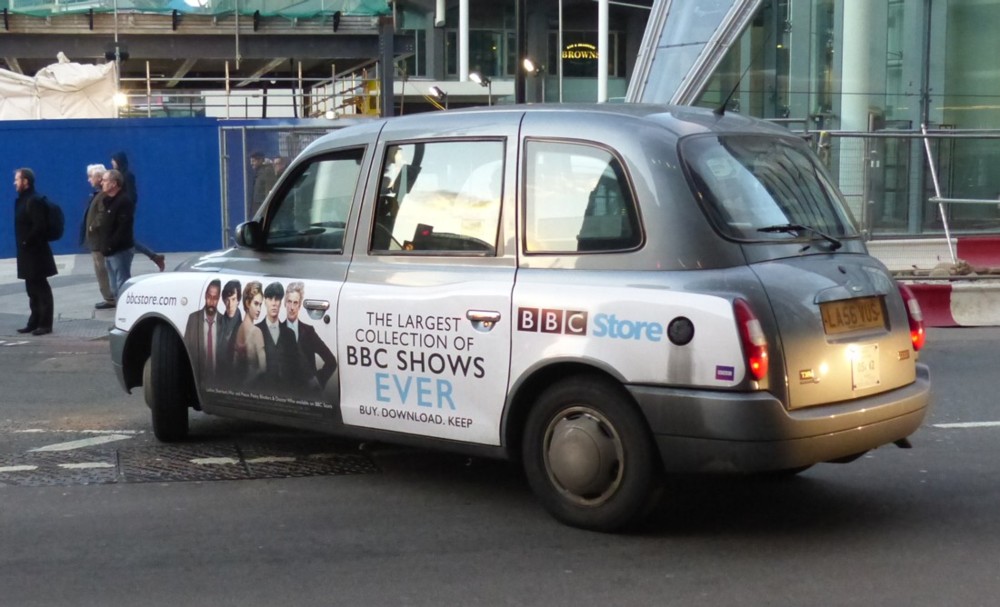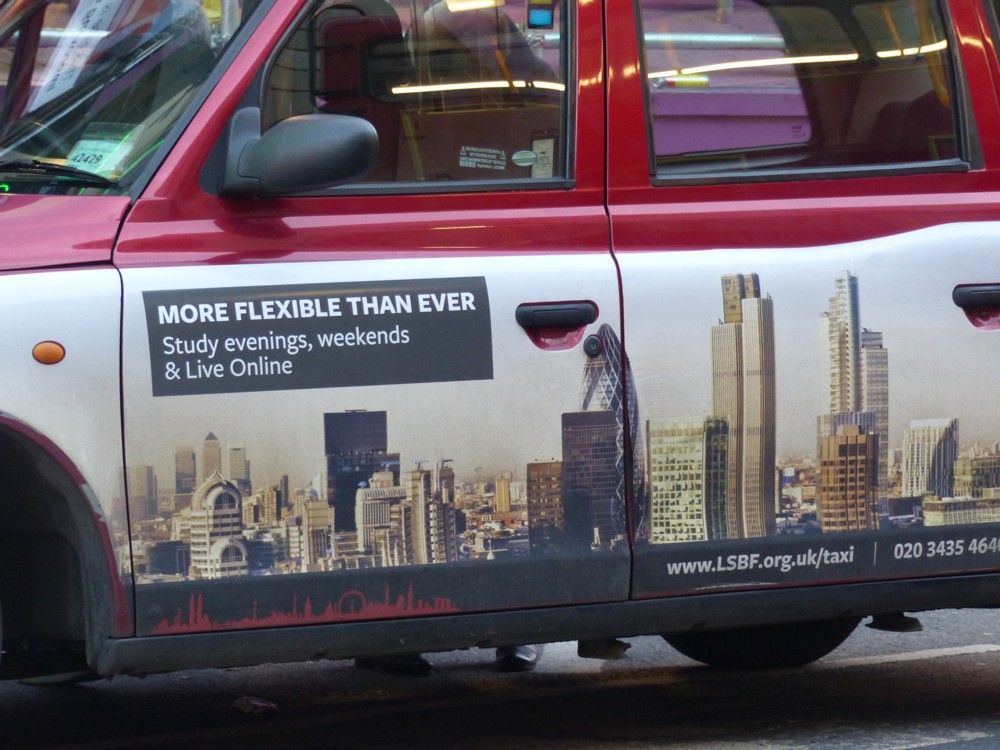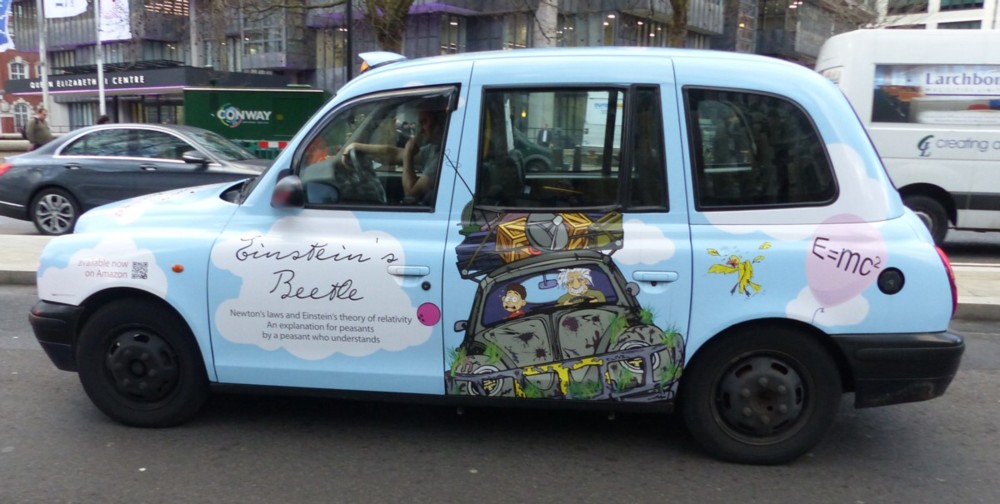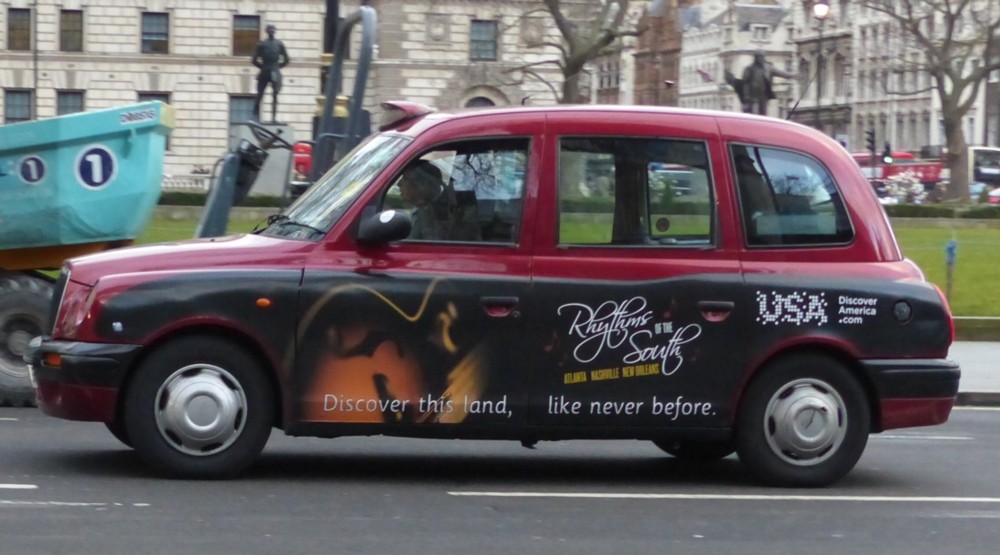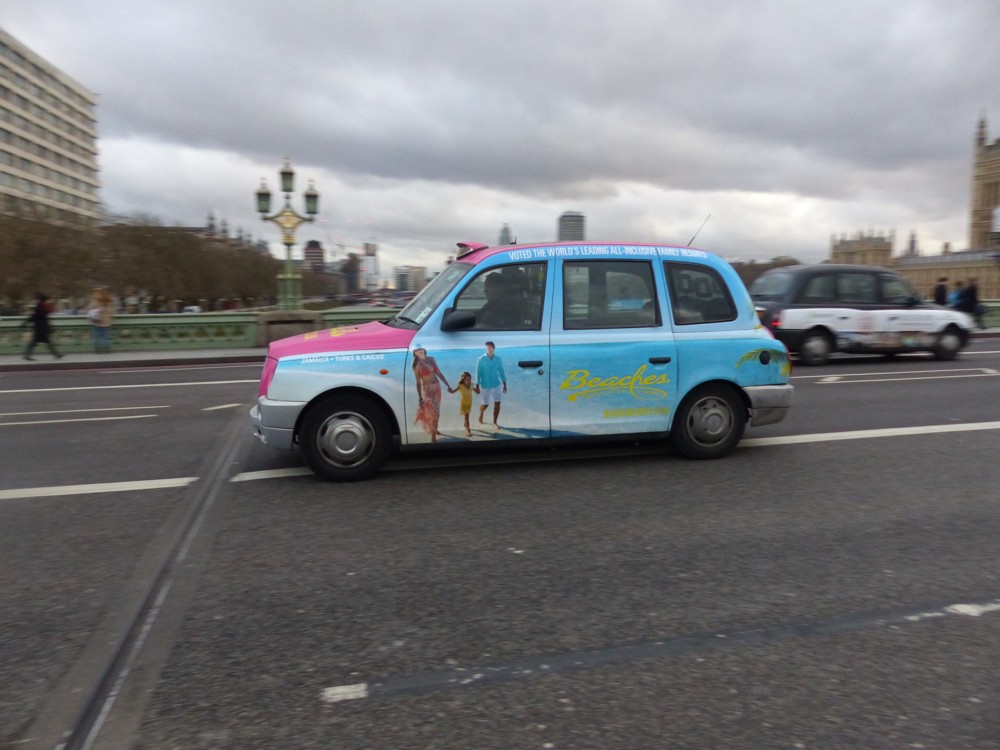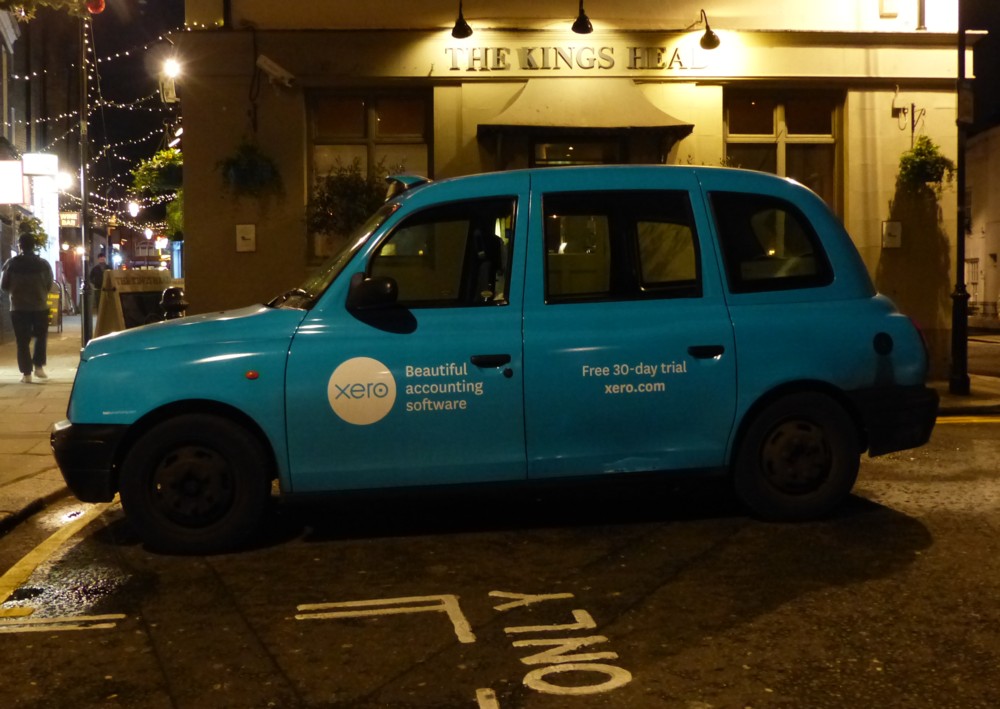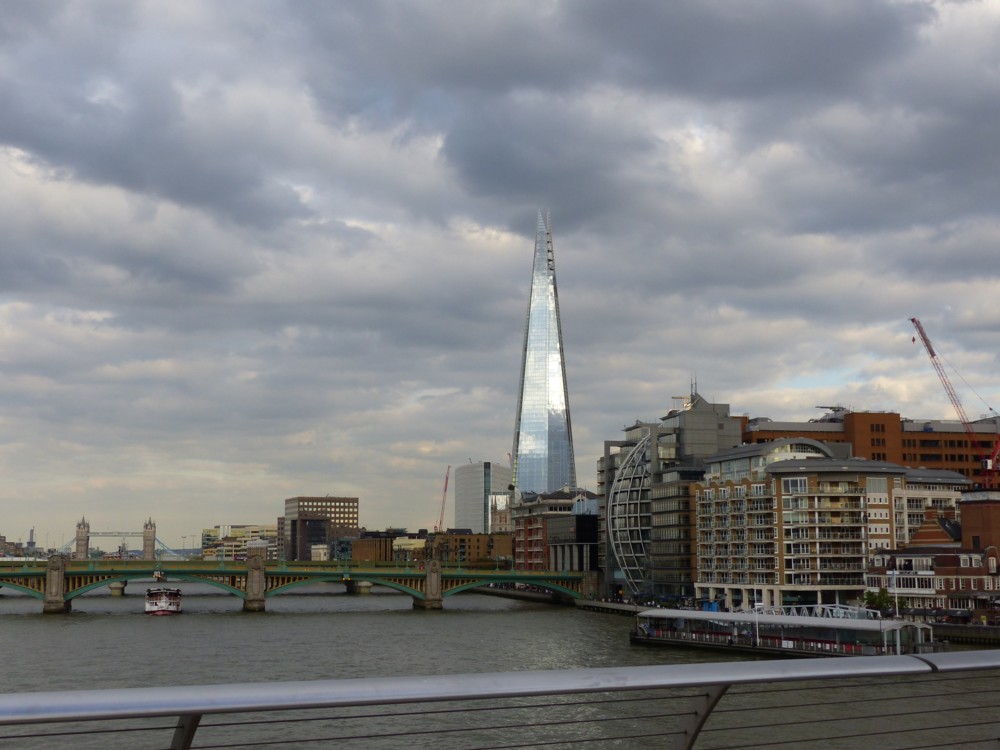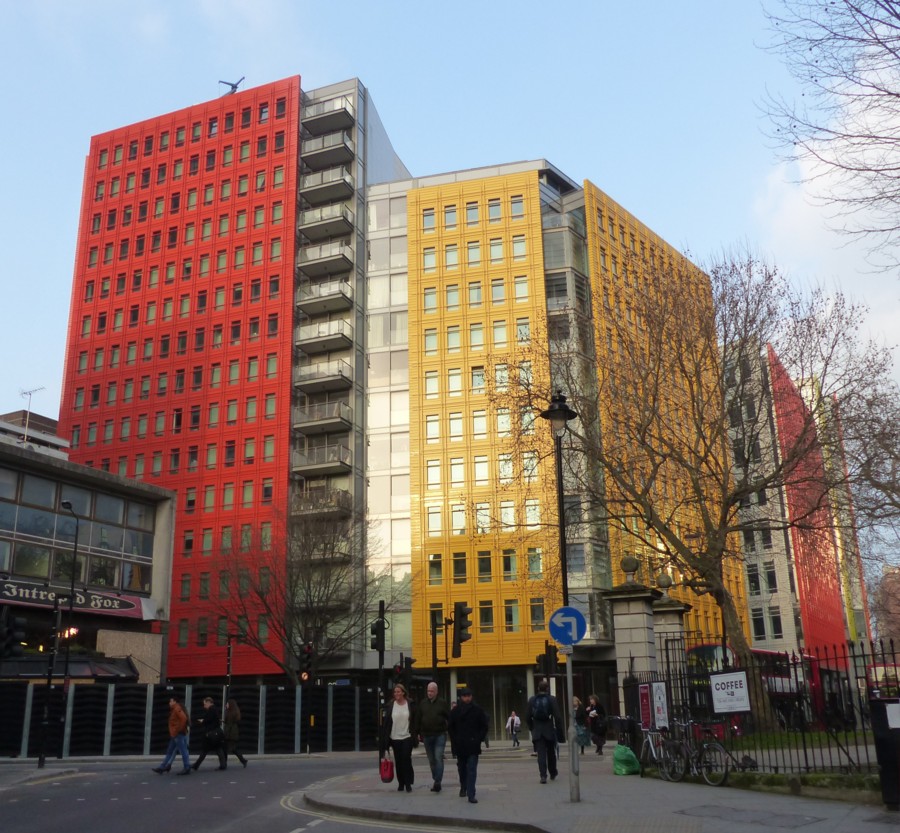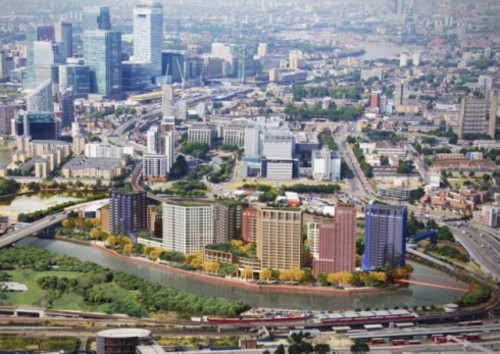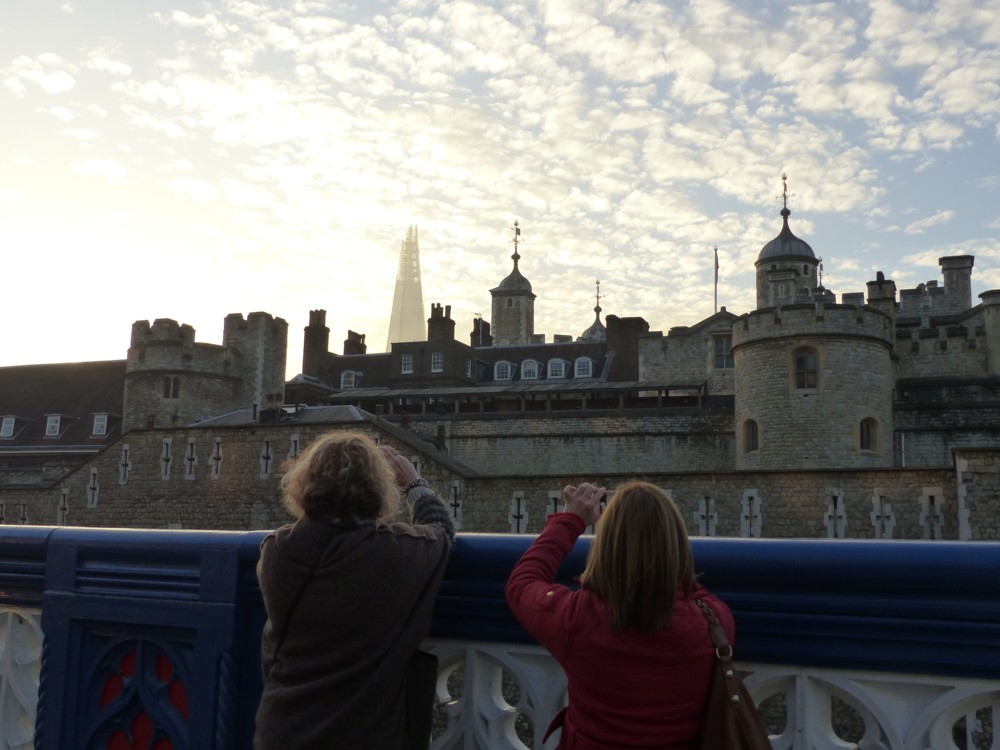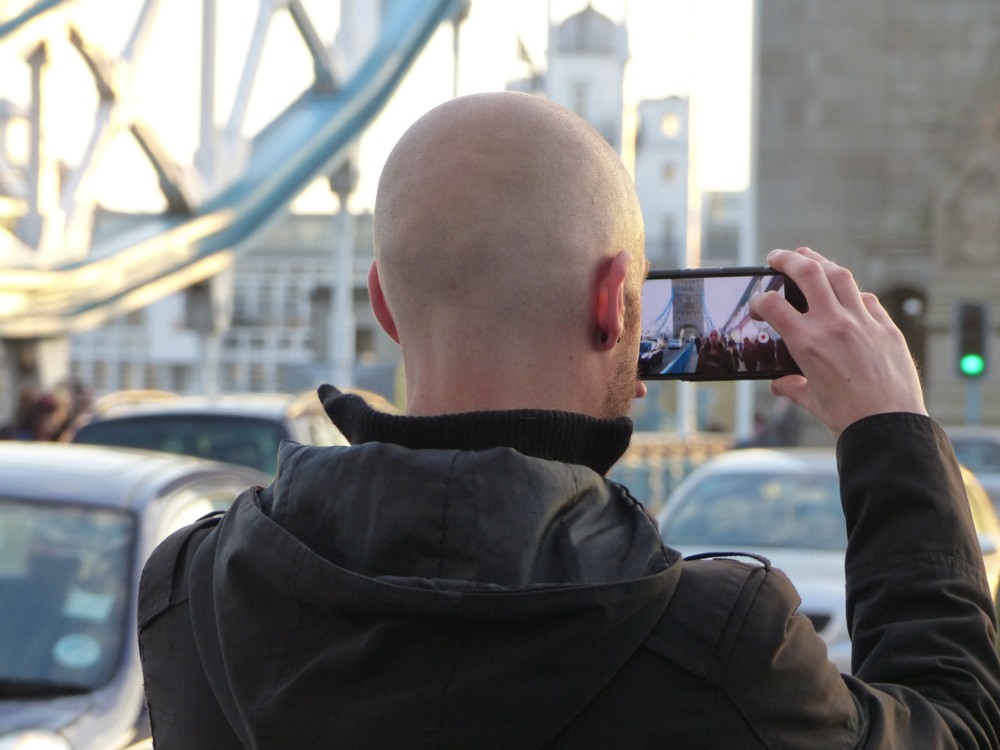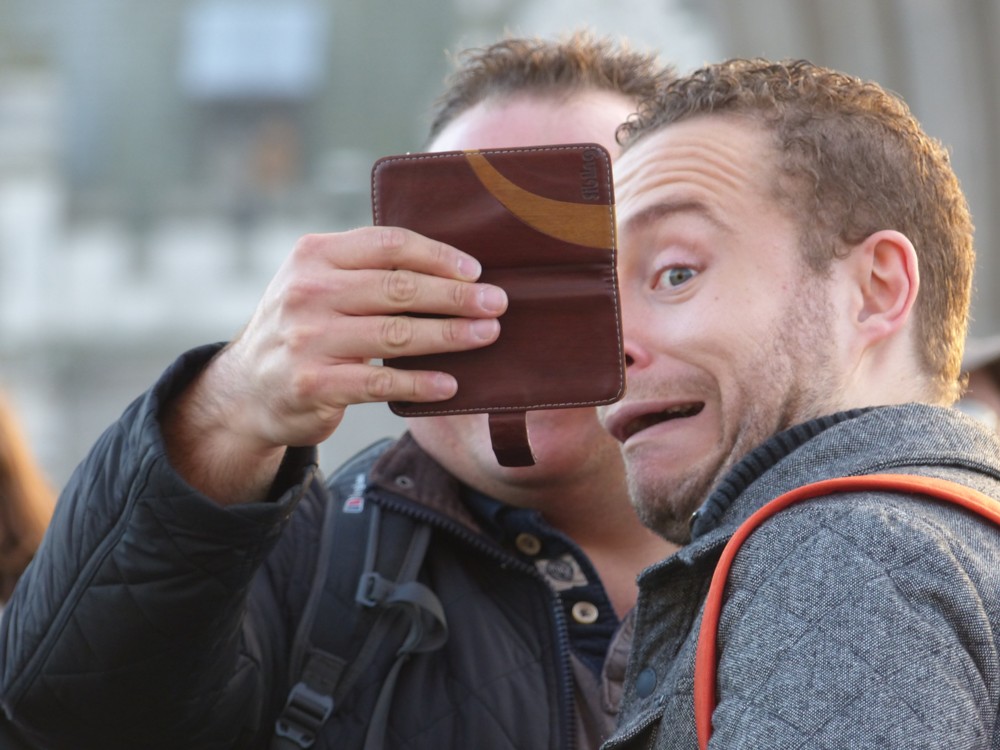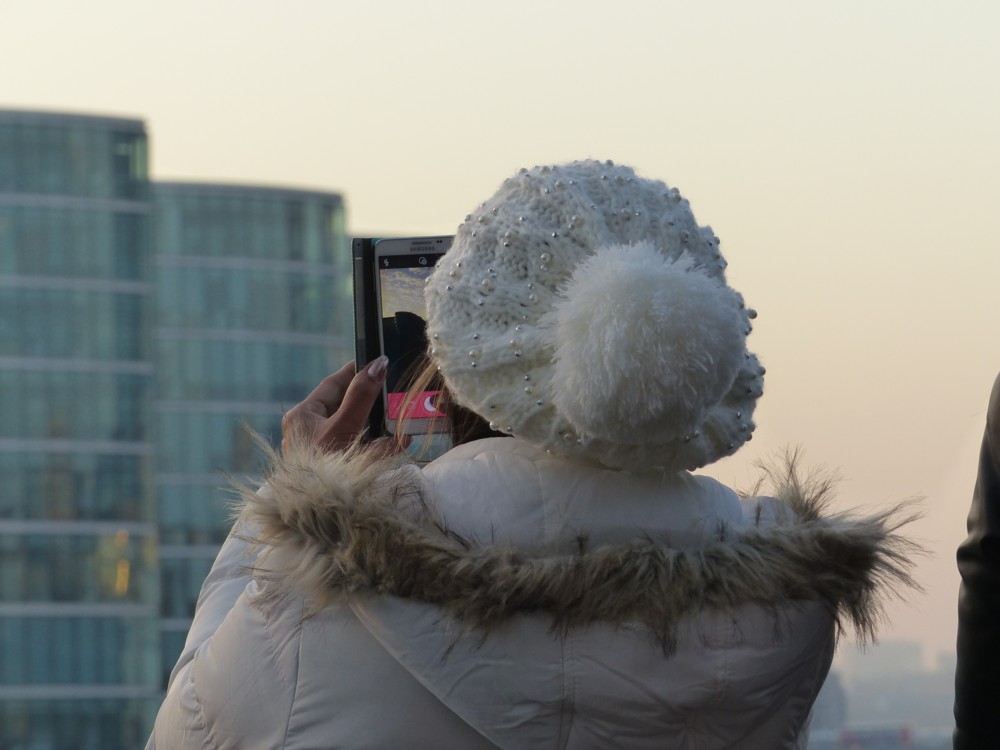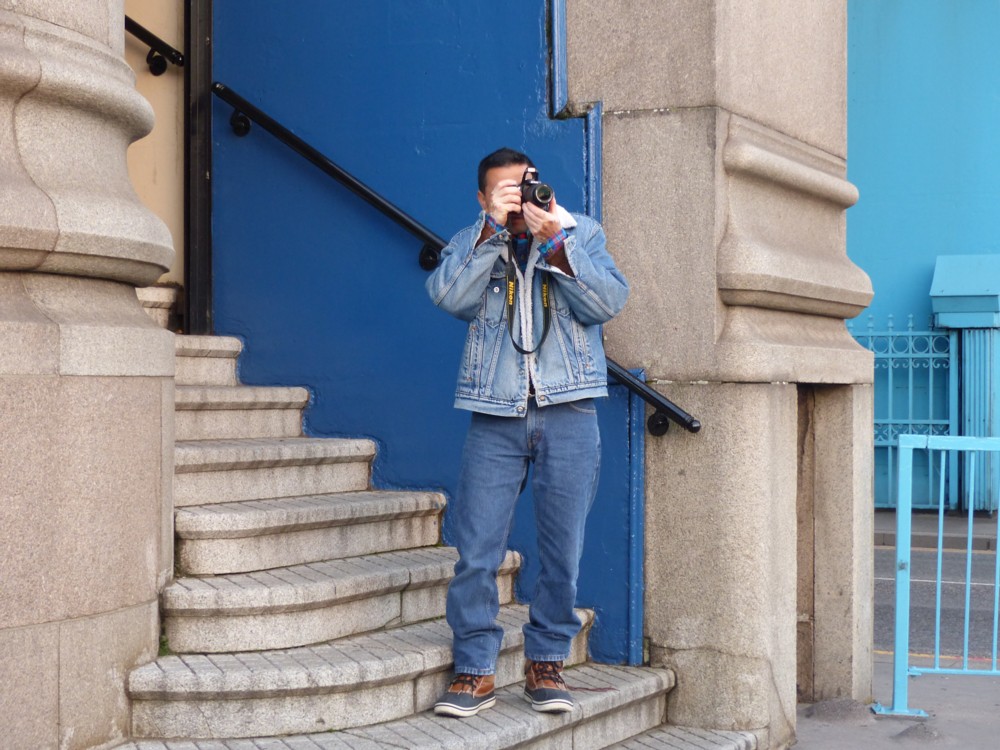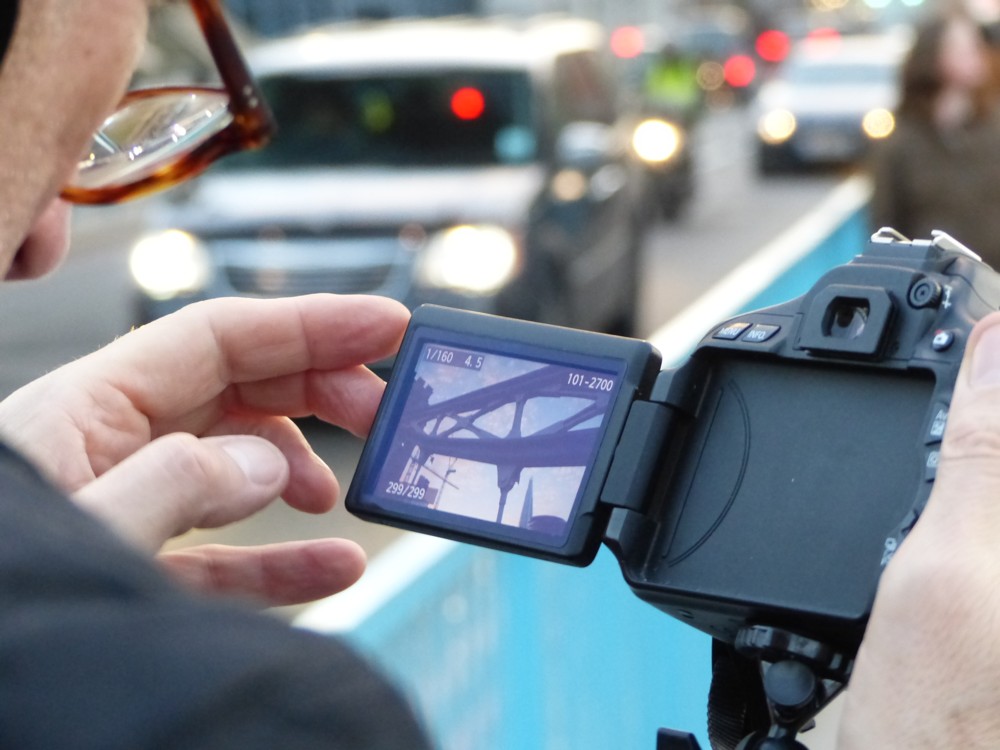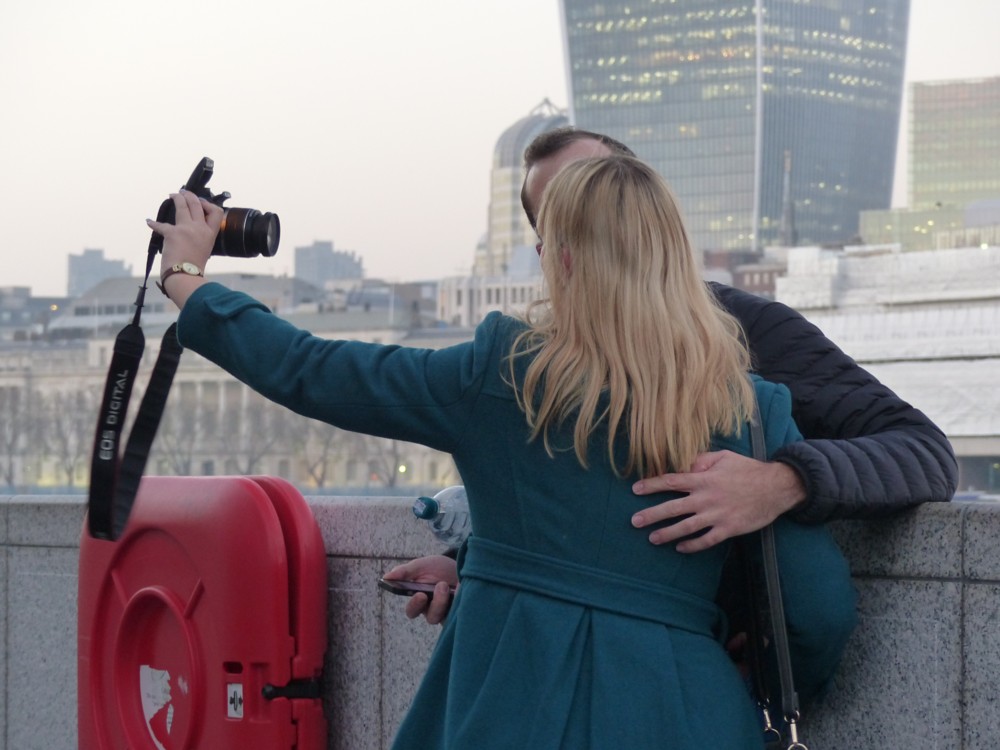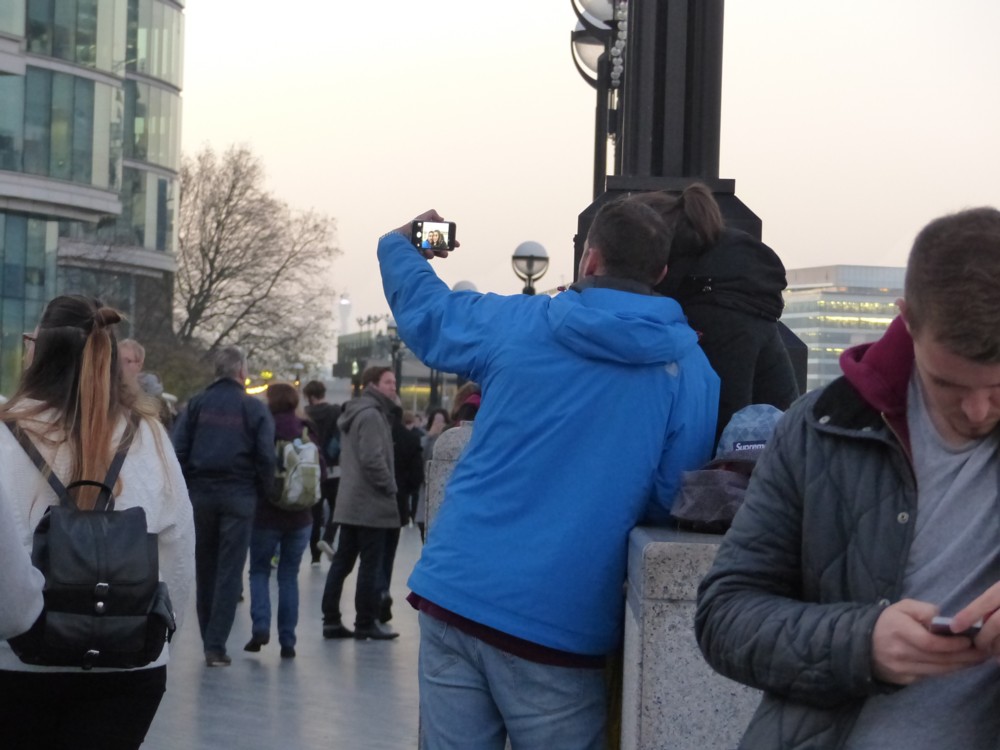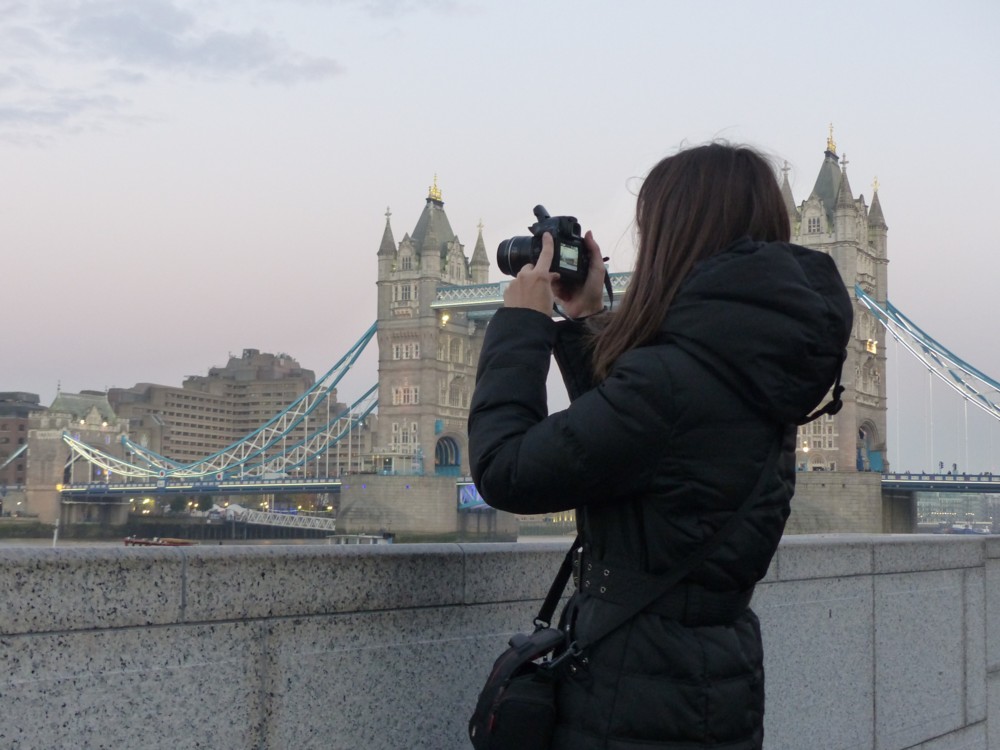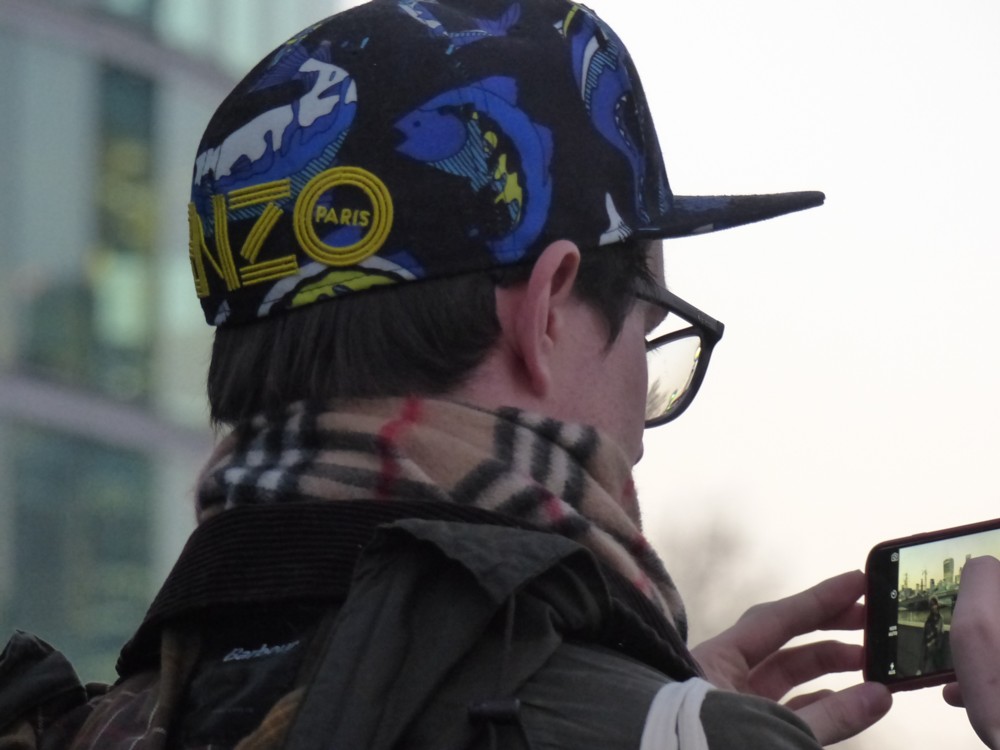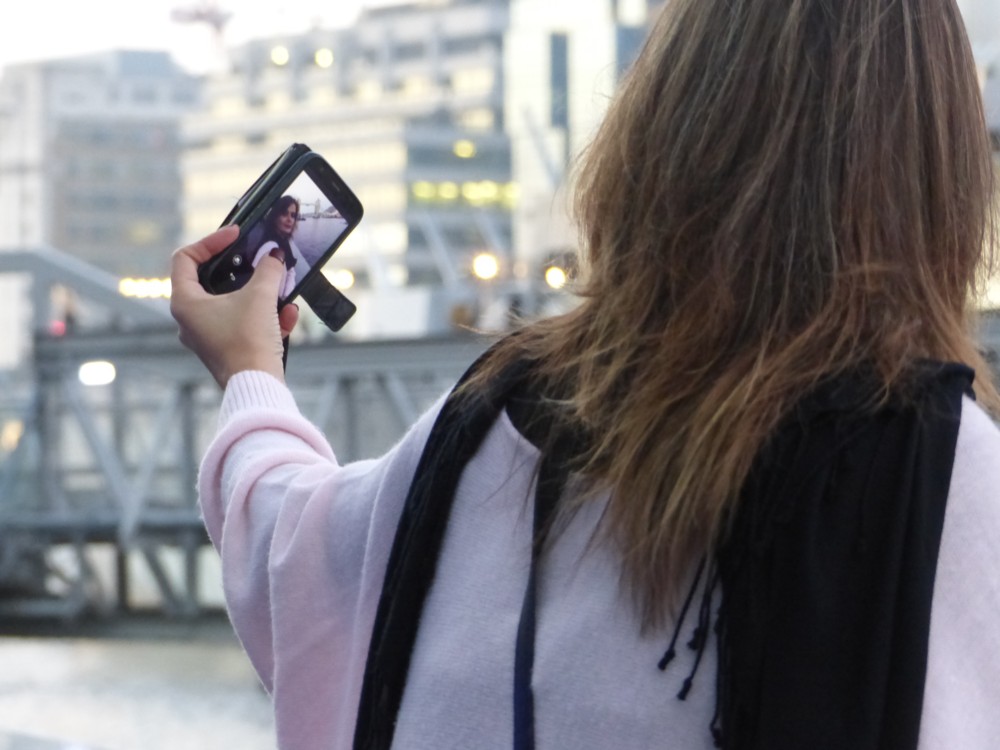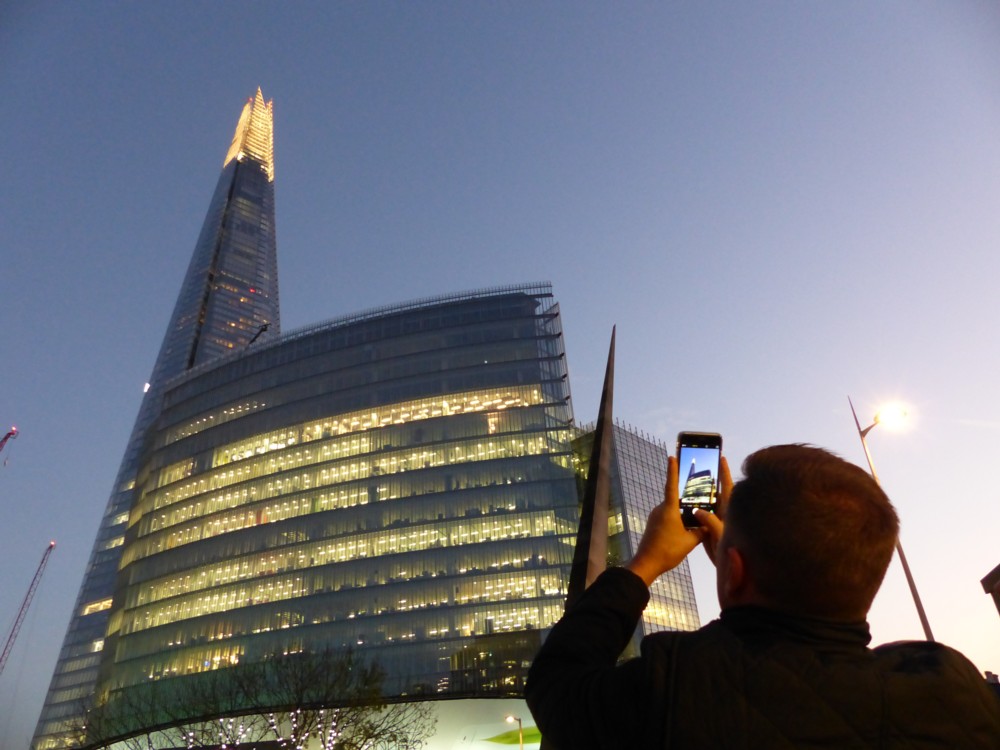I am intrigued by how political opinions influence aesthetic feelings. Can you think that something is beautiful merely because it is the way that you think, in a political sort of way, that it ought to be? I say: yes.
I have been experiencing an illustration of this tendency recently. And the effect was thrown into sharp relief by the fact that I changed my idea of what the thing was, and that changed how I felt about it aesthetically. Although the thing itself hadn’t changed at all, I immediately found myself liking the look of it better. I had felt it to be ugly. Now, although I wouldn’t call this thing very beautiful, I don’t see it as ugly any more.
This is the thing that I had been regarding as ugly, It is to be seen across the road from Victoria Station:
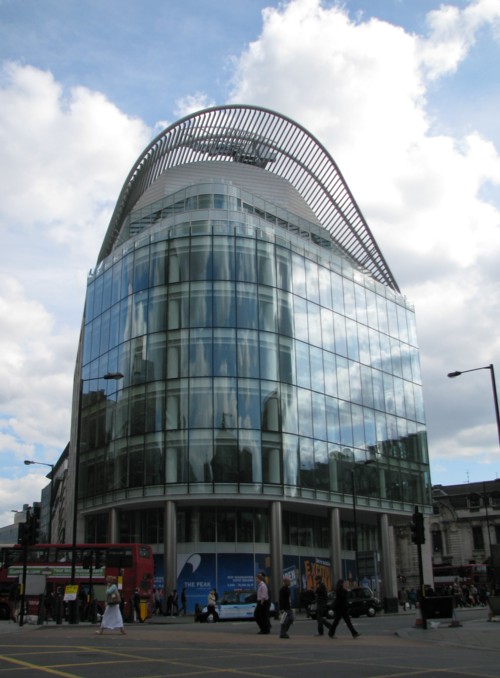
The ugliness of it is in its non-symmetry, and in the utterly irrational and incoherent contrast between the rectangular block in the middle of it and the curvey bits on the top and at one end. Why would you make a thing looking like that?
The best way to see how ugly this thing is (or was), is to look at it from above. Here is the google satellite version:
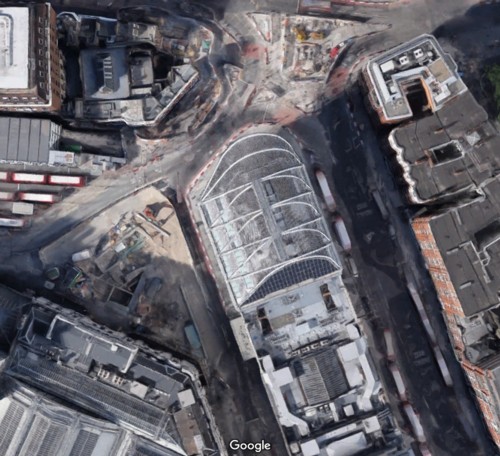
But then what should have been obvious to me all along became obvious. The rectangular block wasn’t designed into the building we are looking at. It had been there all along. The curvey bits had merely been added to the rectangular block, at one end and on the top. This building wasn’t all one design. It was a doubling up of designs:
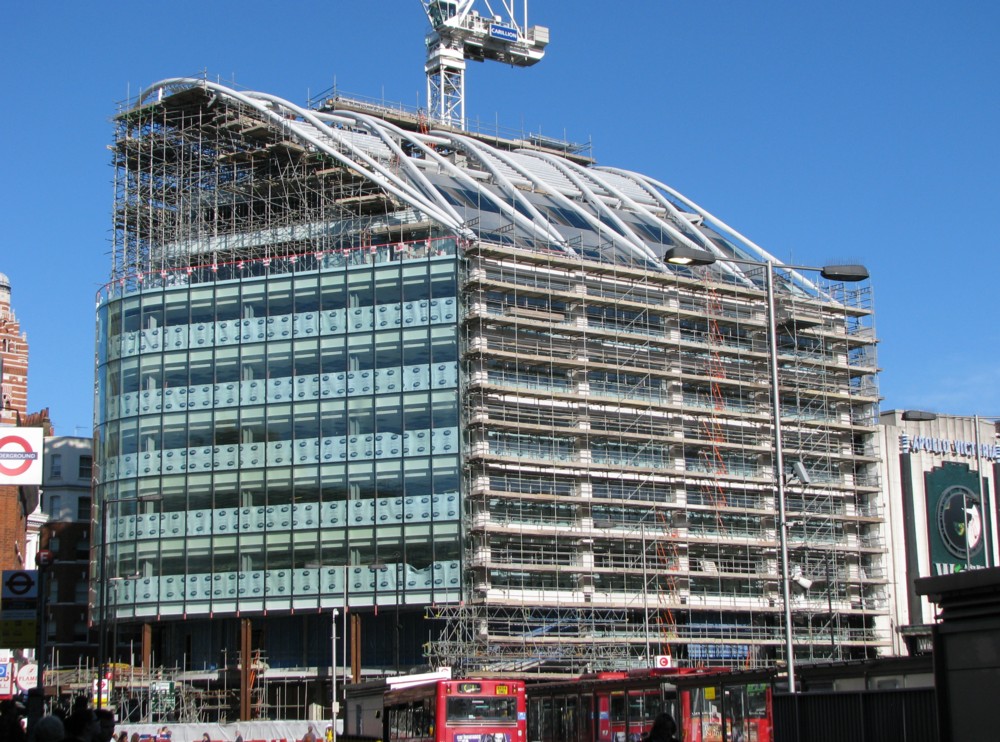
There you see a photo, which I took in 2009, of this thing while they were doing it. It doesn’t prove that it was done in two entirely distinct stages, of which this is merely the second stage, but it seems to suggest that. The new building activity seems to concern the curvey bits on the top. The scaffolding next to the rectangular bits looks much more like the kind of scaffolding you put up when you are merely revamping an already existing building. And that, I am almost sure, is what is happening there, to the rectangular bits.
What I now see when I look at this ungainly thing is that rather than it being a very ugly piece of one-off design, I now see it as a charmingly quaint urban agglomerative confluence of constrasting styles, such as London contains a hundred examples of, and hurrah for London. London itself, as a whole, is just such a multiple design confluence. Old meets new, and both live to tell the tale. Or in this case new meets newer. This weird-looking building is a two-off design, you might say. It is a two-off design, and it looks exactly the sort of way a two-off design ought to look.
If I am wrong about it being a two-off design and I learn that actually it was all designed at once, I’ll probably go back to thinking it ugly.
Here are some more pictures of it that I have taken since then, from various angles:
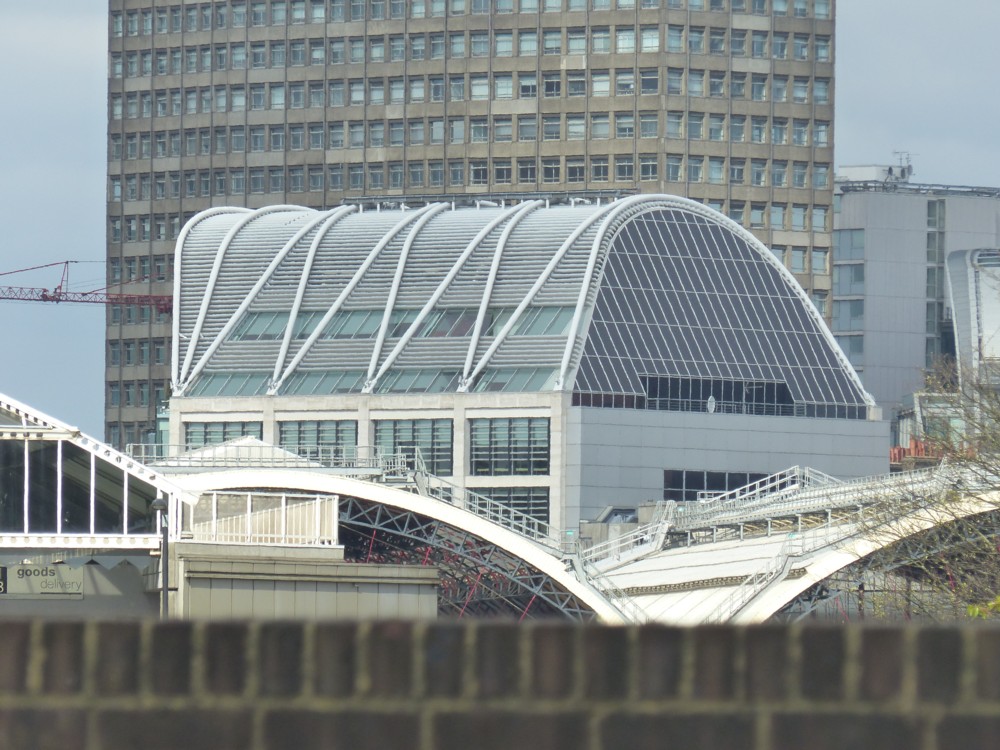
That picture, to my eye, makes it look downright beautiful. As does this next one, taken looking into the evening sun from the top of Westminster Cathedral, even more so:
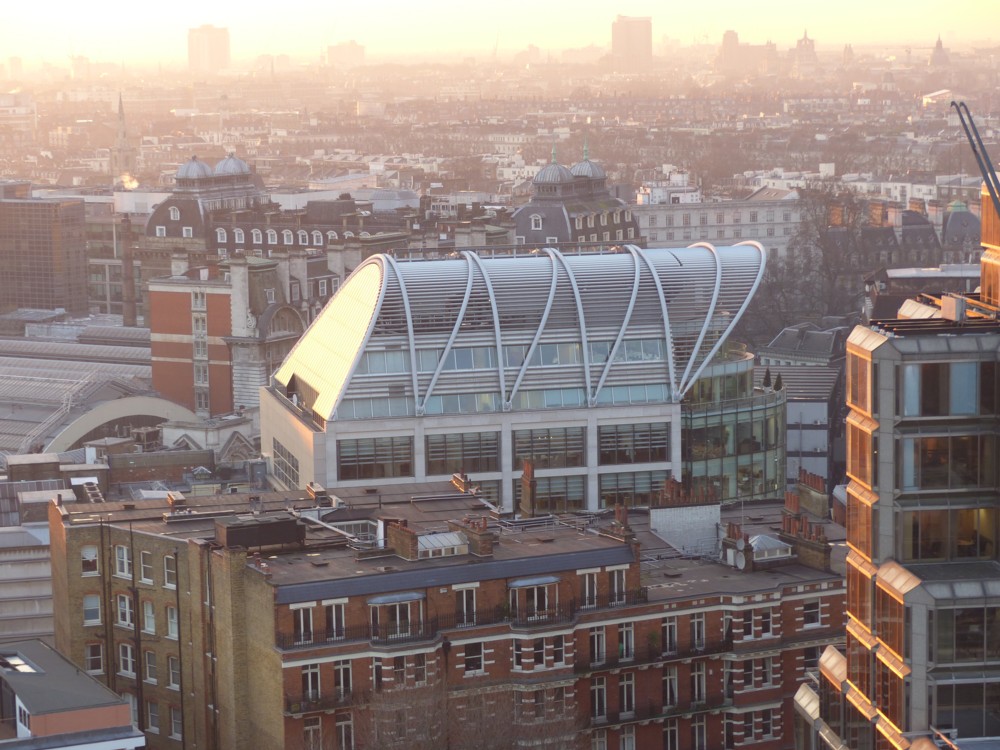
But now, the plot thickens, or maybe that should be: the plot gets thinner, back to its original state.
My internet searching skills are very primitive. I have just had yet another go at finding out what this odd building is called, at any rate by those who own it or who are in the business of renting it out. And I have finally managed to learn that they call it “The Peak”. Heaven knows why. It doesn’t look like much of a peak.
Anyway, knowing this, I eventually found my way to this description of The Peak. And what do you know? (More precisely: What the hell do I know?) It would appear that this ungainly thing was what I had originally assumed it to be: a one-off design. The whole thing was built all in one go. So what had seemed obvious to me was not even true, let alone obvious.
The Sheppard Robson designed building adjoins the Apollo Theatre and replaces two existing structures. The Vauxhall Bridge Road and Wilton Road elevations incorporate robust Portland stone-clad columns and spandrels with intricately designed glass solar shading louvres between.
The louvres provide a dynamic visual effect to the building both during the day and at night. The prow of the building facing Victoria Street is curved, following the site boundary, and an arcade has been provided at street level to substantially increase the pavement width along one of the busiest pedestrian thoroughfares in central London.
So, what will I now feel about this building? Will I go back to feeling that it is ugly?
This will not be a decision. It will simply be a fact, which I will discover by introspection. How do I now feel? As of now: not sure. My mind may decide that, because it had, for a while, been deceived by this building, and dislike it more than ever before. But, I am starting to suspect that, having found beauty in this object, even though this finding was based on an error, my mind will be reluctant to surrender this happy feeling.
Incidentally, I have already posted here a photo of the roof of this building, and in particular of the crane that sprouts out of that roof to clean the windows. I’m talking about the last of the three photos in this posting.
